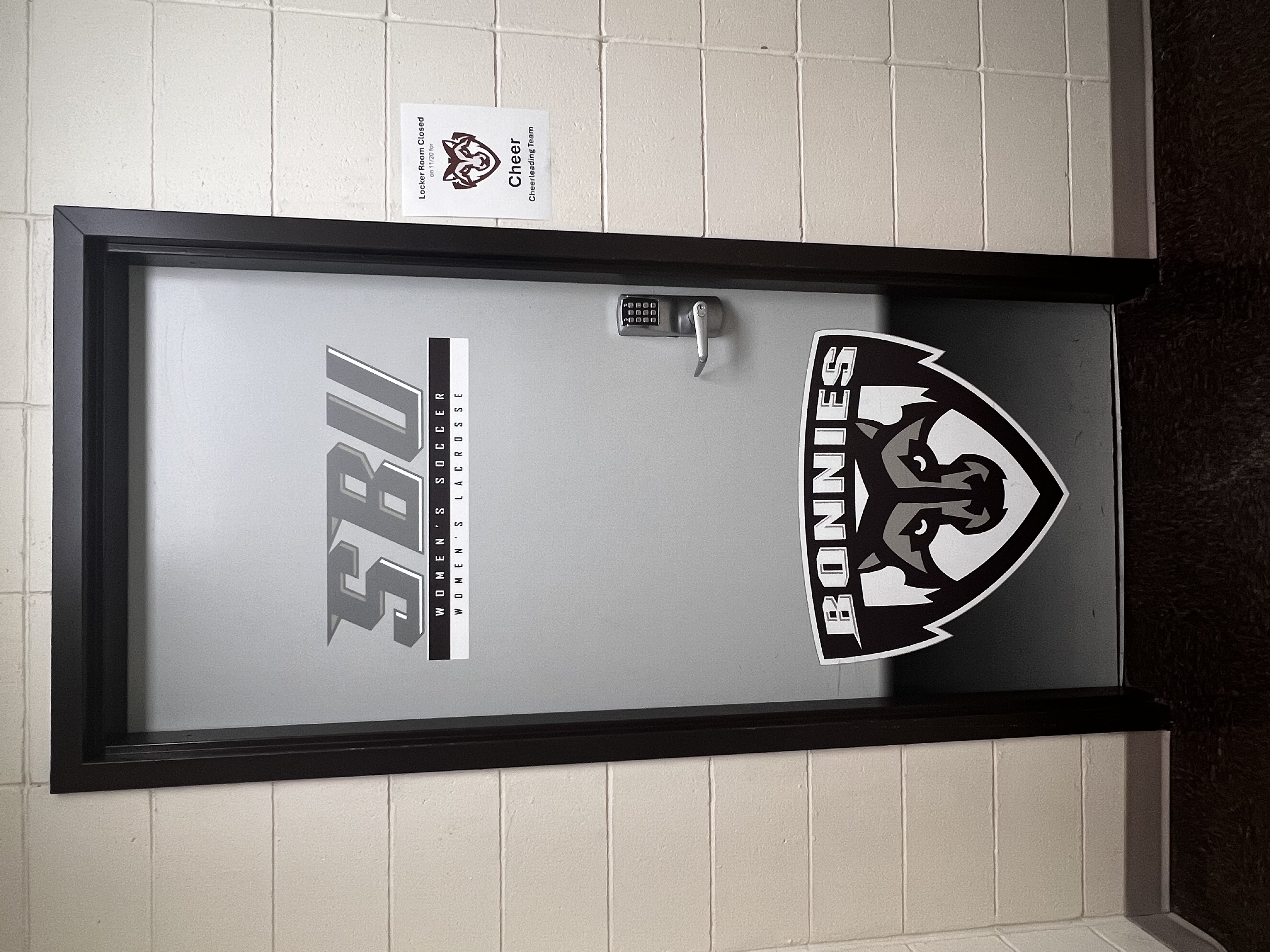By Kevin Rogers
Editor-In-Chief
Frank Underwood, Washington’s most devious schemer, is back and sowing more discord than ever before in the infinitely addictive second season of Netflix’s “House of Cards,” which dropped in its entirety on Feb. 14.
The season picks up moments after the last season ended as Frank, played with a charming Southern malevolence by Kevin Spacey, continues his scheme to get back at President Garrett Walker (Michael Gill). Walker passed Frank up for secretary of State in the beginning of the first season, and he’s paid the price ever since.
Thanks to his exploits last season, which included bribery, extortion and murder, Frank has traded in his Capitol Hill office for the vice president’s in the White House. But with his new job comes a number of new threats to his domain.
One threat is a group of journalists led by the eager upstart (and Frank’s former lover) Zoe Barnes (Kate Mara). Zoe is on his tracks, having discovered some of Frank’s more sinister crimes. Another threat comes in the form of Raymond Tusk (Gerald McRaney), a billionaire industrialist with close ties to the president and a political savvy to match Frank’s.
Frank’s battle with Tusk is the driving force behind this season, and it works magnificently. In giving Frank a nemesis on par with his intellectual capacity and ruthlessness, the show’s writers correct some of the shortcomings of the first season. As good as the first season was, Frank never faced any true opposition to his schemes. Tusk is a proper antagonist, and his battle with Frank consumes much of the season’s story.
Fortunately for Frank, his inner circle is back, including his equally power-hungry wife Claire (Robin Wright), his fiercely obedient chief of staff Doug Stamper (Michael Kelly) and his unquestionably loyal bodyguard Edward Meechum (Nathan Darrow). Joining Frank’s gang is Seth Grayson (Derek Cecil), a conniving media operative who rises to serve as press secretary.
As with last season, the pacing and tone of the series remain spot on. If Washington was really as exciting as “House of Cards” makes it look, C-SPAN would easily be one of the top-rated networks.
Commendable too is the writers’ ability to weave in current issues without making it feel forced or hokey. This season addresses government surveillance, military sexual assault, the debt ceiling, entitlement reform and campaign finance among other issues.
Also worthy of praise are the performances of Spacey, Wright and Kelly. If Spacey and Wright don’t eventually win best actor and actress Emmys for their performances as Frank and Claire, there’s little justice in the world. Kelly, in this turn as Doug, adds new layers to character, turning him from last season’s ruthless yes-man to a tortured character who struggles to balance his desires against Frank’s.
Of course, there are some shortcomings of this season. In an effort to expand the show’s universe, the season sometimes dwells on less consequential characters for a bit too long. For example, this season gives too much screen time to the relationship between a lobbyist and a congresswoman. But when the focus returns to Frank and Claire, it’s some of the best television available.
That’s the major improvement in this season; it more strongly forces the viewer to actively root for objectively immoral characters. While the audience last season may have felt sympathy for Frank and Claire’s victims, those feelings are largely absent this season. The one exception may be when Frank is forced to abandon his friend Freddy (Reg E. Cathey) after a media circus surrounding his restaurant threatens Frank’s ambitions.
Even with the incredible first episode, where Frank commits perhaps his most shockingly heinous crime yet, the viewer is compelled to want to see how far he can go. Moments later, Frank breaks the fourth wall and speaks to the audience for the first time of the season, welcoming viewers back to the mayhem. In making the audience a knowing conspirator in his plots, Frank wins its “absolute and unquestioning loyalty.”
In return, the audience is treated to one of the most exciting and ensnaring 13 hours of television possible. While it’s unfortunate that its status on Netflix may limit its reach and awards potential, having all 13 episodes available at once is an asset to the show. Traditionalists may choose to watch an episode at a time, but this show screams to be binge-watched in a handful of sittings. Each episode bleeds into the next, making for a magnificently cohesive viewing experience.
Go online, sign up for Netflix and watch “House of Cards.” If you want to pull a Frank and dispose of your subscription after its usefulness wears out when the free month ends, that’s fine. But that likely won’t happen, as this is a show you’ll want to watch over and over again until season three drops next year.







